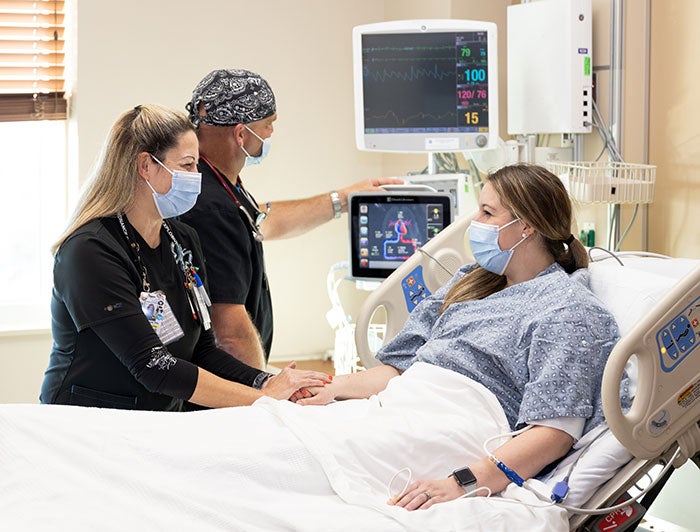Wise Health System Gets CAUTI Under Control with Workflow, Education and Audits

Like many hospitals across the country, Wise Health System in Decatur, Texas, experienced an unfortunate increase in healthcare-associated infections during the COVID-19 pandemic. After achieving a zero-infection rate for catheter-associated urinary tract infections (CAUTI), the system saw an uptick of six CAUTIs in 2020.
The WHS infection prevention team, in collaboration with nursing leadership and a dedicated graduate nursing student, launched an initiative in the fall of 2021 to tackle this challenge with a focus on improved device utilization and CAUTI prevention. Through a combination of education, consistent assessments and a new workflow, the WHS team reduced the CAUTI standardized infection ratio from 1.36 to 0.9 and reduced catheter utilization by 53%. In addition, chart documentation jumped from 24% to 77%.
The WHS team began its CAUTI reduction initiative by looking at past medical records, and quickly discovered that bedside nurses needed additional tools and guidance to assess catheter necessity and achieve early removal. The team immediately updated the evidence-based policy and nurse-driven protocol for catheter care and held in-service training and education focused specifically on CAUTI prevention.
CAUTI reduction was top-of-mind every day on the floor, with the infection prevention team conducting rounds to complete CDC checklists, assess for evidence-based protocol compliance and provide feedback to nurses at the bedside. In addition, WHS created a daily assessment for catheters using a device necessity tool, HOUDINI, in the electronic medical record. The clinical team was trained on how to use this daily assessment, and IP audited compliance continuously. Emergency room teams also received education on why not to use indwelling catheters for specimen collection.
Thanks to these steps, the goal for CAUTI reduction was achieved. WHS attributes its success to not only the specific education and process improvements, but also to a strong level of support for infection prevention that extends from the CNO and senior administration all the way to the bedside. Data is shared with quality and the medical staff, and physicians listen to IP concerns and are willing to adapt their practices. This support has yielded outstanding collaboration at all levels and a renewed commitment to infection prevention and control at the organization.
Key Takeaways
Targeted Problem: CAUTI
Interventions Used:
- Updated evidence-based catheter care policy and educational in-service on CAUTI prevention to nurses and the ER.
- Created daily assessment using device necessity tool in the EMR.
- Developed daily reports to enable monitoring of care, length of catheter days and documentation.
- Redirected IP workflow to allow for daily and more frequent rounds in units and provide real-time feedback to bedside staff.
Impact: Reduced CAUTI standardized infection ratio from 1.35 to 0.9 during Jan–June 2022 and reduced device utilization by 53%. Documentation compliance rose to 77%, up from 24%.

